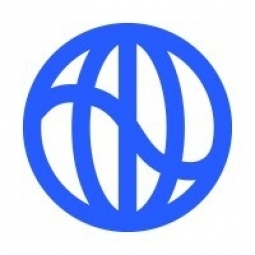Applicable Industries
- Finance & Insurance
- Renewable Energy
Use Cases
- Continuous Emission Monitoring Systems
About The Customer
Monzo's customers are modern banking users who prefer a fully-functional bank in their smartphone. They value transparency and control over their finances, with features like simpler and more avoidable fees, advance warnings about increased bills, and rich context on spending patterns and goal progress. These customers are also environmentally conscious, expressing a desire for more transparency in the bank's climate impact. They are interested in understanding and engaging with the environmental impact of their spending and deposits, and are empowered by Monzo to make powerful climate decisions in how they use the bank's product.
The Challenge
Monzo, a modern, smartphone-based bank, has gained over 5 million customers since receiving their banking license in 2017. Their success is largely due to their commitment to transparency and control over finances. However, both customers and employees expressed a desire for more transparency in another area: climate impact. The financial sector was filled with glossy pamphlets and strong promises, but there was a lack of real data. Questions about what was driving the most emissions, what actions would really make a difference, and how much carbon was hidden in the industry’s blind spots remained unanswered. Monzo realized that to truly address these concerns, they needed a detailed and accurate understanding of the carbon emissions across their full value chain.
The Solution
Monzo partnered with Watershed to gain a deeper understanding of the carbon within their business and how to remove it. This partnership allowed Monzo to have a detailed and accurate sense of emissions across their full value chain for the first time. They discovered that about 95% of the emissions induced by Monzo’s existence were hiding in their value chain outside of their normal carbon accounting, being either upstream with suppliers or downstream with customers. Emissions from activities like processing payments, manufacturing and shipping cards, and engaging professional and legal services were much higher than expected. With this data, Monzo was able to engage in meaningful discussions about climate at all levels of the company, train employees on the carbon impacts of their processes, and engage suppliers with real insights. Furthermore, Monzo committed to sharing these insights with customers in a clear and accessible manner, empowering them to make informed climate decisions.
Operational Impact
Quantitative Benefit

Case Study missing?
Start adding your own!
Register with your work email and create a new case study profile for your business.
Related Case Studies.
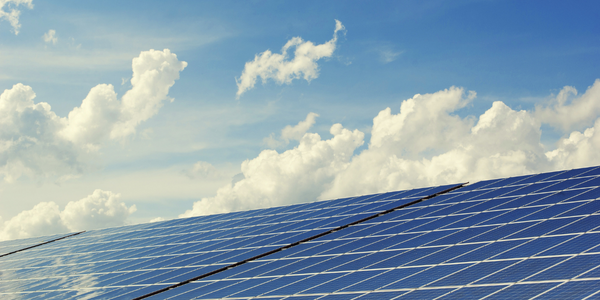
Case Study
Remote Monitoring & Predictive Maintenance App for a Solar Energy System
The maintenance & tracking of various modules was an overhead for the customer due to the huge labor costs involved. Being an advanced solar solutions provider, they wanted to ensure early detection of issues and provide the best-in-class customer experience. Hence they wanted to automate the whole process.
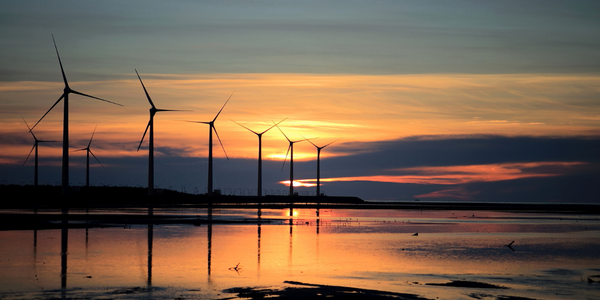
Case Study
Vestas: Turning Climate into Capital with Big Data
Making wind a reliable source of energy depends greatly on the placement of the wind turbines used to produce electricity. Turbulence is a significant factor as it strains turbine components, making them more likely to fail. Vestas wanted to pinpoint the optimal location for wind turbines to maximize power generation and reduce energy costs.
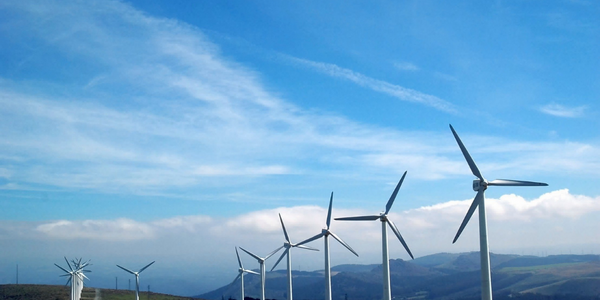
Case Study
Siemens Wind Power
Wind provides clean, renewable energy. The core concept is simple: wind turbines spin blades to generate power. However, today's systems are anything but simple. Modern wind turbines have blades that sweep a 120 meter circle, cost more than 1 million dollars and generate multiple megawatts of power. Each turbine may include up to 1,000 sensors and actuators – integrating strain gages, bearing monitors and power conditioning technology. The turbine can control blade speed and power generation by altering the blade pitch and power extraction. Controlling the turbine is a sophisticated job requiring many cooperating processors closing high-speed loops and implementing intelligent monitoring and optimization algorithms. But the real challenge is integrating these turbines so that they work together. A wind farm may include hundreds of turbines. They are often installed in difficult-to-access locations at sea. The farm must implement a fundamentally and truly distributed control system. Like all power systems, the goal of the farm is to match generation to load. A farm with hundreds of turbines must optimize that load by balancing the loading and generation across a wide geography. Wind, of course, is dynamic. Almost every picture of a wind farm shows a calm sea and a setting sun. But things get challenging when a storm goes through the wind farm. In a storm, the control system must decide how to take energy out of gusts to generate constant power. It must intelligently balance load across many turbines. And a critical consideration is the loading and potential damage to a half-billion-dollar installed asset. This is no environment for a slow or undependable control system. Reliability and performance are crucial.
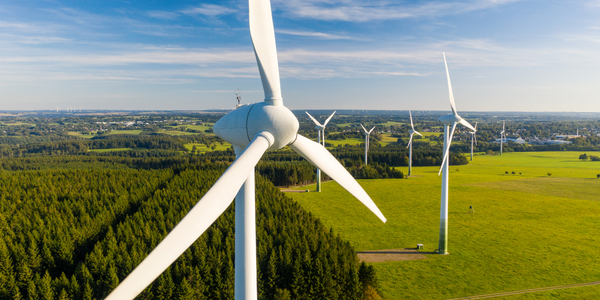
Case Study
Remote Monitoring and Control for a Windmill Generator
As concerns over global warming continue to grow, green technologies are becoming increasingly popular. Wind turbine companies provide an excellent alternative to burning fossil fuels by harnessing kinetic energy from the wind and converting it into electricity. A typical wind farm may include over 80 wind turbines so efficient and reliable networks to manage and control these installations are imperative. Each wind turbine includes a generator and a variety of serial components such as a water cooler, high voltage transformer, ultrasonic wind sensors, yaw gear, blade bearing, pitch cylinder, and hub controller. All of these components are controlled by a PLC and communicate with the ground host. Due to the total integration of these devices into an Ethernet network, one of our customers in the wind turbine industry needed a serial-to-Ethernet solution that can operate reliably for years without interruption.

Case Study
Temperature monitoring for vaccine fridges
Dulas wanted a way to improve the reliability of the cold chain, facilitating maintenance and ensuring fewer vaccines are spoiled. Dulas wanted an M2M solution which would enable them to record and report the temperature inside vaccine refrigerators.

Case Study
Real-time In-vehicle Monitoring
The telematic solution provides this vital premium-adjusting information. The solution also helps detect and deter vehicle or trailer theft – as soon as a theft occurs, monitoring personnel can alert the appropriate authorities, providing an exact location.“With more and more insurance companies and major fleet operators interested in monitoring driver behaviour on the grounds of road safety, efficient logistics and costs, the market for this type of device and associated e-business services is growing rapidly within Italy and the rest of Europe,” says Franco.“The insurance companies are especially interested in the pay-per-use and pay-as-you-drive applications while other organisations employ the technology for road user charging.”“One million vehicles in Italy currently carry such devices and forecasts indicate that the European market will increase tenfold by 2014.However, for our technology to work effectively, we needed a highly reliable wireless data network to carry the information between the vehicles and monitoring stations.”




